Makoko is a network of communities based on water in Lagos, Nigeria's most densely populated city, located in a lagoon that has persisted for the last century. Despite lacking roads, land, and various modern developments, this settlement currently houses 100,000 people, and it remains a heavily urbanized and populated area. This stands true even amidst a range of physical, environmental, and political hurdles. The community has constructed buildings on set stilts, and the primary medium of travel is through the water using canoes. The residents majorly rely on fishing and the sawing industries to sustain.
Founder of NLE, Architect Kunle Adeyemi, liked the environment and cheap way of living in the area when he visited the place. Being an architect, he volunteered to help find a solution to one of Makoko's most vital challenges: to expand the nursery and primary school which was dilapidated, inadequate to the growing population in the area and prone to serious flooding. These issues hindered access to education for most of the kids in Makoko. The relationship between the architect and the Makoko community led to the architectural solution that was as holistic as it was innovative: a floating school.
In consultation with experts around the world, NLE architects led by the firm's founder Kunle Adeyemi, developed a design that utilized locally available materials in Makoko to come up with a relatively cheap foundation that was strong enough to support the large structure in the muddy and weak topography of Makoko area. Due to the changing tidal and water levels, the architects decided to float the building. The solution was highly preferred despite several options being available because the floating school would make use of locally available materials, labor and vernacular building techniques.
Construction began in September 2012. The flotation system was created from the highly abundant plastic barrels found in Lagos. The system consists of 16 wooden modules, each module containing 16 barrels. The modules were built and assembled in situ for a few weeks to create the 100-square-meter platform that provided buoyancy for the building and its users.
Using a team of eight local Makoko builders, the A-frame was put up using locally sourced bamboo and wood from sawmills in Makoko. Once the roof was put up, development installations of the building's energy, waste and water systems continued until May 2013.
The building's design follows the shape of a triangle for stability in the water due to the shape's low center of gravity even in heavy winds and the roof form which was ideal to wet and rainy climates like Makoko's. Its height is 10m with an open base of 10m x 10m. The triangular frame holds a rectangular box of about 55 meters in length creating a partially covered rooftop at the third level. The whole installation is therefore able to carry about 100 adults even in extreme conditions.
The architects moved from the conventional fixed stilts in Makoko to a floating platform in order to address climate change and flooding. Unlike the local buildings which are prone to flooding because of their fixed position, the floating school adapts to the tidal changes and varying water levels, just like a watercraft, to curb flooding. The building, though currently anchored to a static position, can be made mobile and moved through towing.
Solar energy panels installed onto the roof provide electricity to the building making it self-sufficient in terms of energy provision and use. A compost and urine diversion toilet was adapted to local practices. The compost waste is set to be reused for vegetation and planting within the structure.
The current design is a prototype that is still under expert watch to see how it solves the problem in Makoko. The image above is a render showing what Makoko could eventually be if the prototype proves to be successful as a solution to coastal settlements in Nigeria and Africa at large.
The design poses a few challenges like wide-spread fire due to the use of timber. It might still be prone to floods when not anchored well. However, the architect indicates that both issues have been taken care of as much as possible with a combination of temporary posts and retractable steel anchors being used to stabilize the structure during tough conditions. For its long-term docking, a fixed anchoring system is still being considered. The wood used was treated to resist rot and fire.
Looking to create a nurturing learning environment? Our article on Melbourne Design School By John Wardle Architects & NADAA explores how thoughtful design choices can foster student well-being and success.
Project Information
Architects:
NLÉ
Lead Architect:
Kunle Adeyemi
Location: Makoko, Lagos, Nigeria
Size: 220 square meters
Photography: NLÉ, Iwan Baan

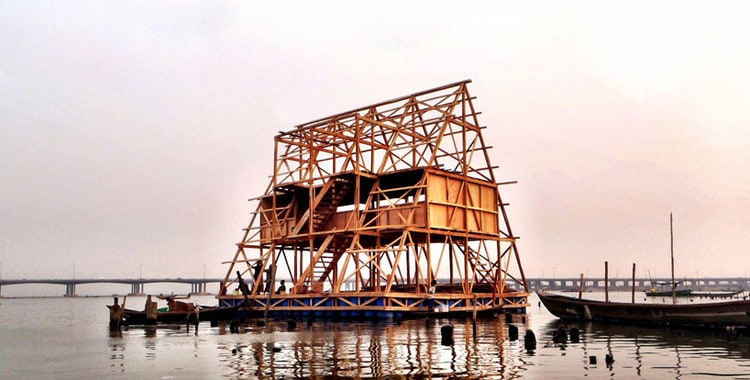







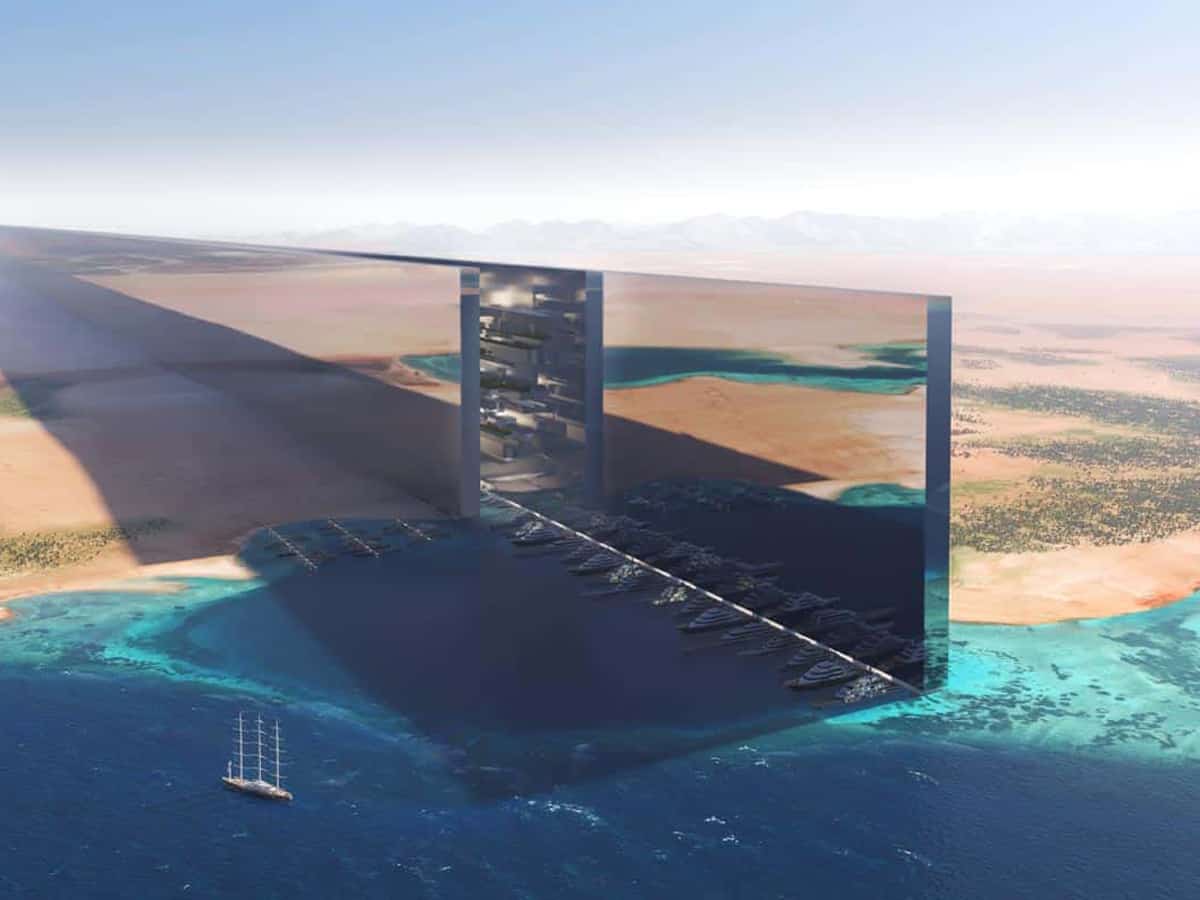



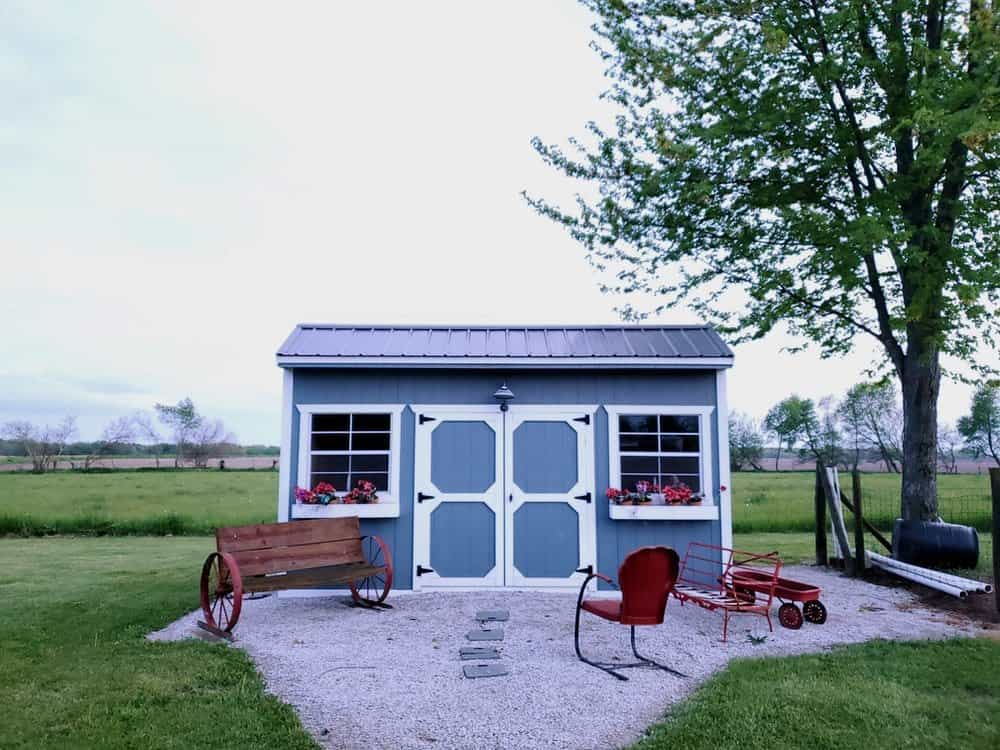
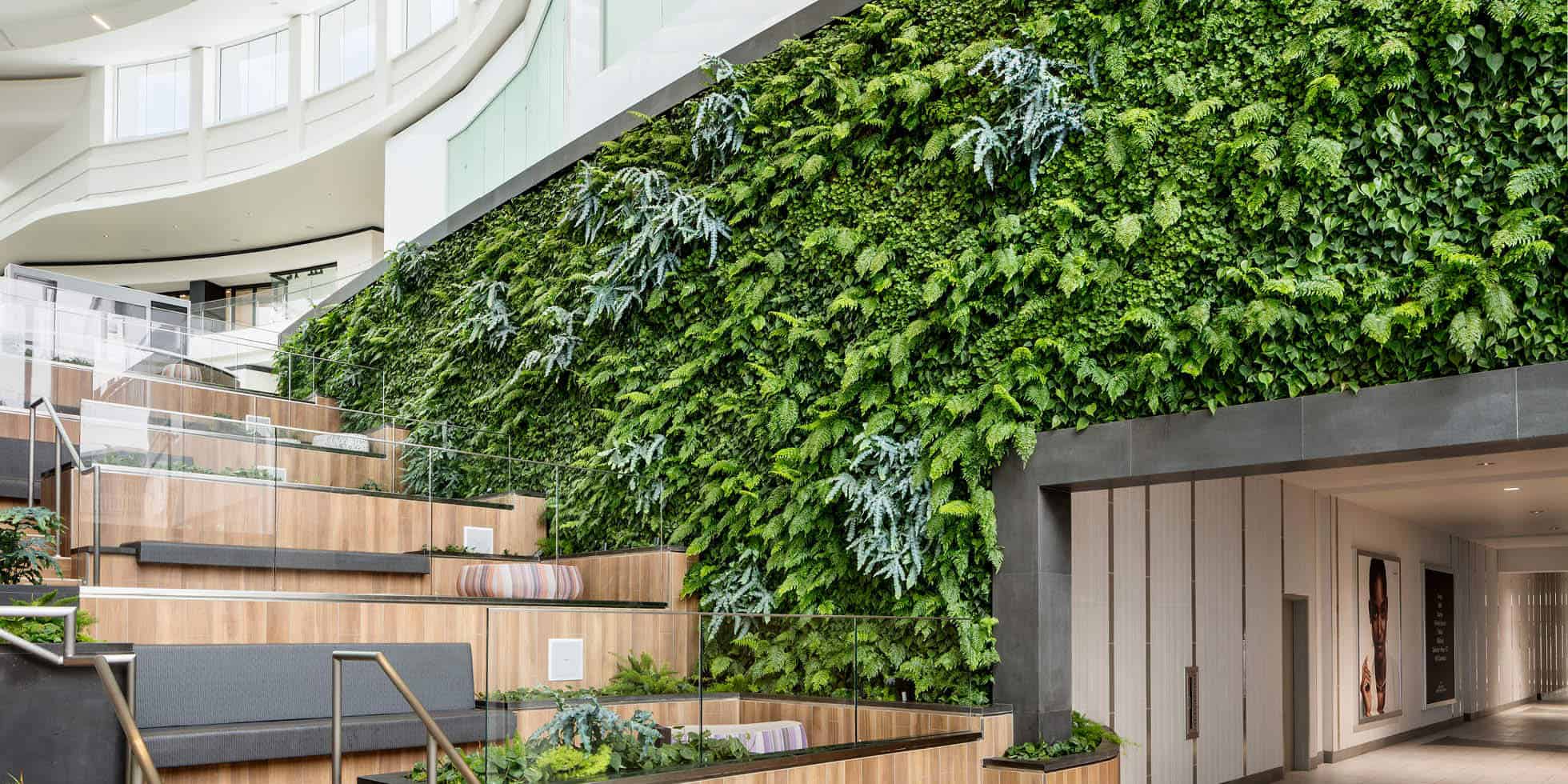
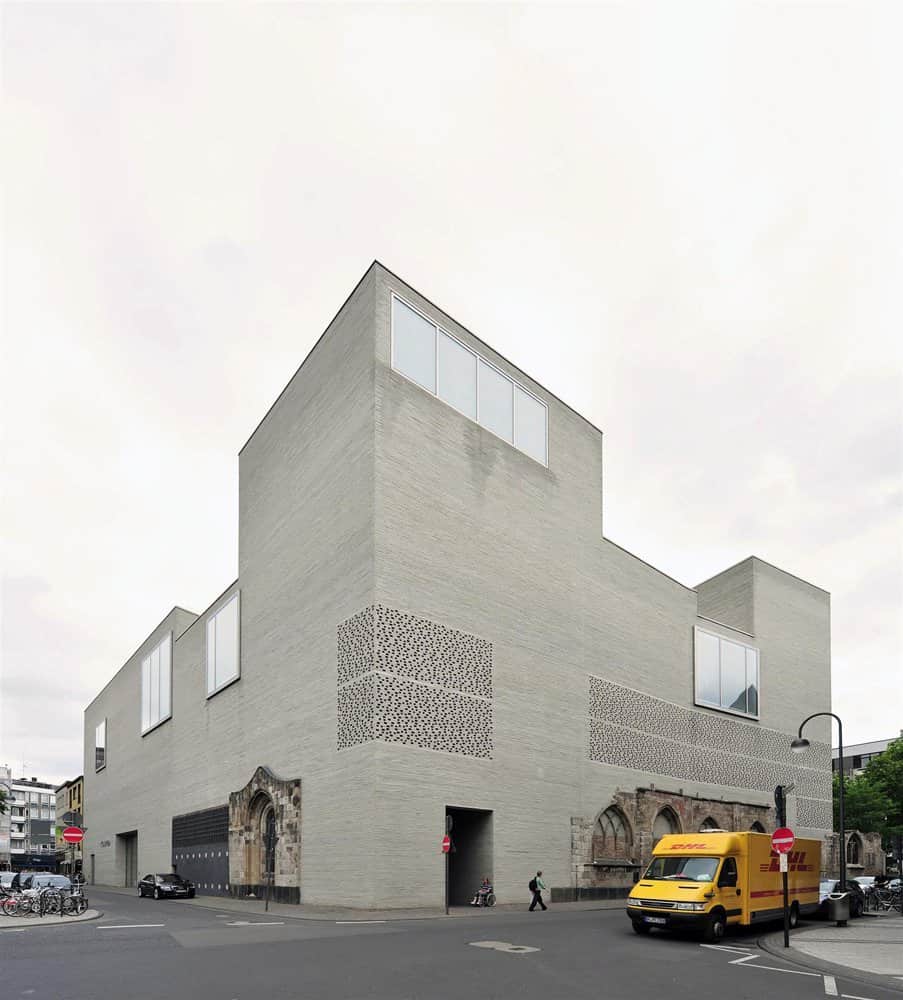

Comments are closed.